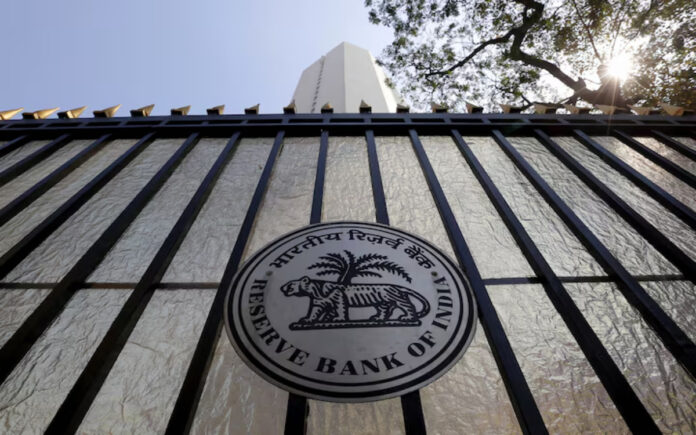New Delhi: The Indian central bank’s net income witnessed a remarkable surge of 141% for the financial year ending March 2024, primarily propelled by a significant reduction in expenditures, particularly lower provisions, as revealed in its annual report unveiled on Thursday. The Reserve Bank of India’s (RBI) net income skyrocketed to 2.11 trillion rupees ($25.30 billion) from 874.20 billion rupees in the previous fiscal year, enabling it to transfer an unprecedented surplus to the government.
The RBI’s balance sheet expanded by 11.08%, reaching 70.48 trillion rupees. Notably, the central bank garnered a gain of 836.16 billion rupees from foreign exchange transactions during the fiscal year, while interest income from foreign securities surged to 653.28 billion rupees.
“Higher interest earned on foreign securities holding was in part supported by higher rates by central banks. The U.S. Federal Reserve’s rates stood at 5.23% on average in FY24, compared with 2.78% in FY23,” elucidated Swati Arora, an economist at HDFC Bank.
Also Read | India’s Monsoon Rains Arrive Early, Boosting Prospects for Agricultural and Economic Growth
Allocating 428.20 billion rupees towards contingency funds, the RBI bolstered the buffer to 6.5% from 6% in the preceding year. In FY2019, the RBI embraced a new Economic Capital Framework mandating a contingency risk buffer of 5.5%-6.5% of its balance sheet. This framework also enables the central bank to align forex sales with the historical average cost of acquiring reserves, thus realizing gains on such transactions.
The central bank disclosed that income from foreign sources surged by 23.23% to 1.87 trillion rupees from 1.52 trillion rupees in the previous year, while total expenditure plummeted by 56.30% to 646.94 billion rupees from 1.48 trillion rupees.
Also Read | India’s Agnibaan Rocket Soars to Success in Pioneering Private Space Flight
“The lower need for provision was because the risk buffers were supported by revaluation gains on foreign securities due to the rupee’s depreciation,” explained Gaura Sen Gupta, chief economist at IDFC First Bank. “The INR’s appreciation against USD (and other currencies) results in revaluation loss as the RBI’s balance sheet is denominated in INR. Increase in gold prices also supported revaluation gains,” she added.
Moreover, the RBI forecasted robust real GDP growth propelled by solid investment demand, alongside easing inflation towards the 4% target, which is anticipated to stimulate consumption demand, particularly in rural areas. However, the central bank cautioned that international commodity price fluctuations and erratic weather patterns posed downside risks to growth and upside risks to the inflation outlook.
Additionally, the RBI anticipated a further decline in the general government deficit in the fiscal year 2024/25.



